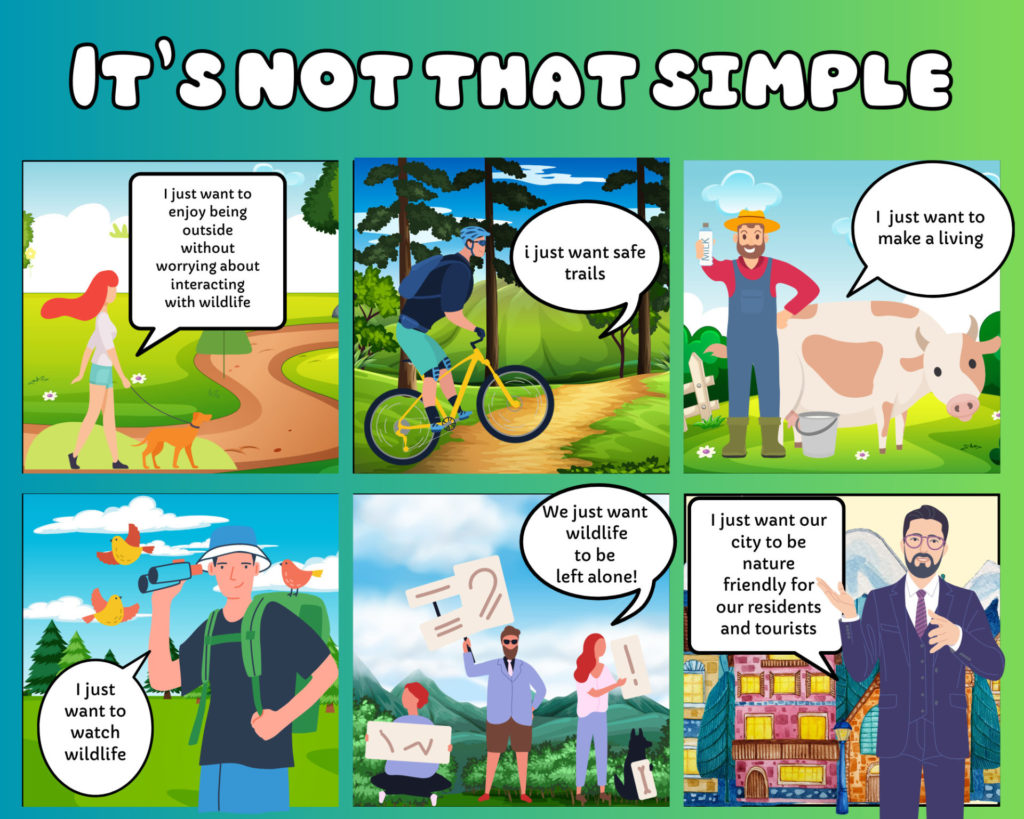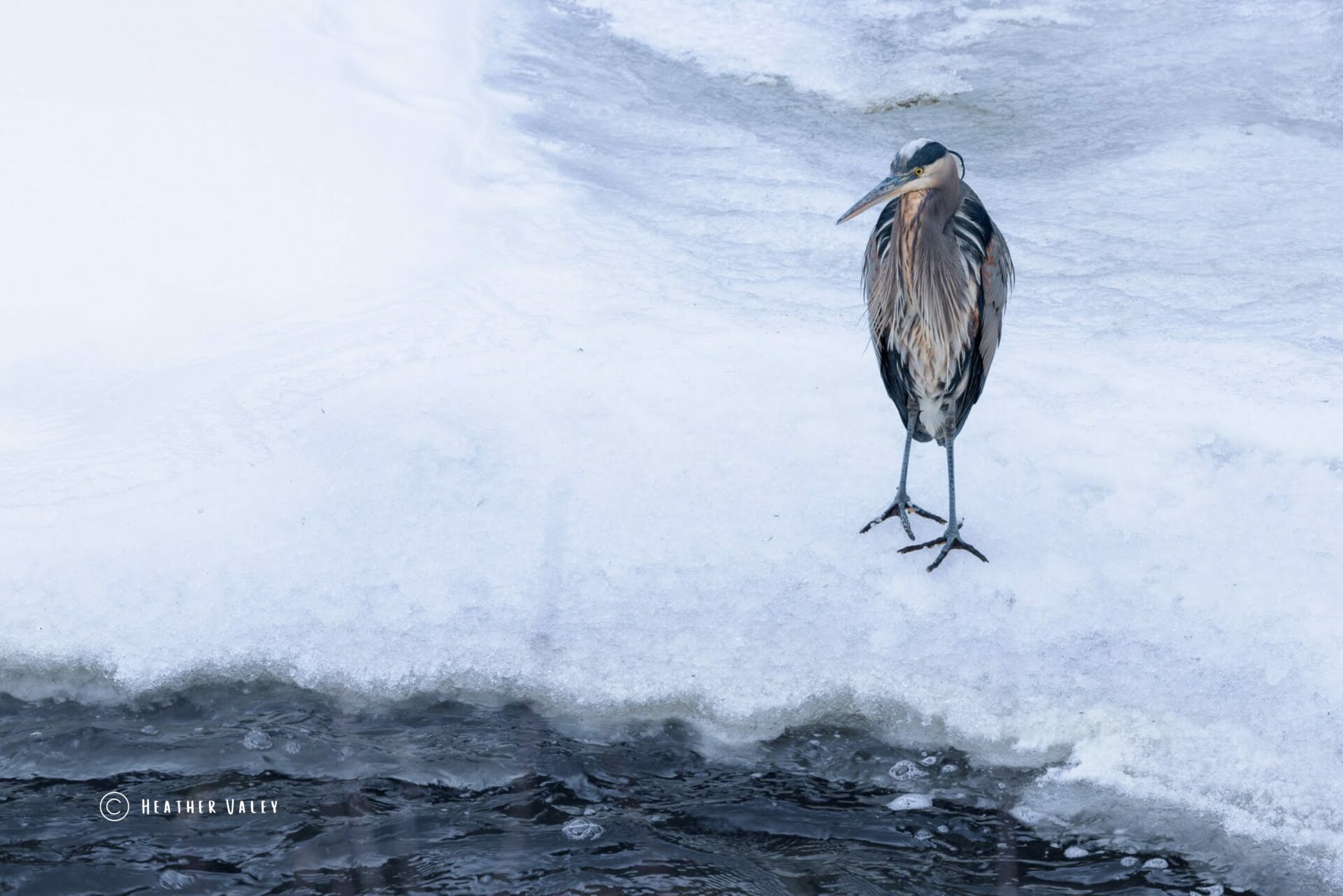Introduction
I wrote a post a couple weeks ago about prairie dogs being trapped on Boulder County Parks and Open Space (BCPOS). Unsurprisingly, it produced a great deal of drama and feedback. One person close to me chastised me, saying “Of all the effed up stuff going on right now, you’re focusing on 150 prairie dogs?!”.
Animal rights people reached out in support venting their frustration and distrust of BCPOS.
A friend of mine, who’s opinion I respect greatly, wisely suggested that there was a larger perspective that I should explore and he’s right.

Boulder County Parks and Open Space
“The plan strives to achieve wildlife habitat protection goals while also preserving agriculture and maintaining good neighbor relations. The plan reflects the values and vision of a broad cross-section of county residents, describes the main strategies for achieving the vision, and serves as a decision-making guide for property-specific management plans.”
From the BCPOS Website
BCPOS trails have more visitors in a year than Rocky Mountain National Park. They deal with human-wildlife conflicts on a daily basis. In addition, they interact and work with folks with many different opinions and needs: farmers, ranchers, mountain bikers, hikers, runners, conservationists, etc. The list goes on. Some view points between these groups is a complete 180 degree difference in philosophy. How does a group like BCPOS maneuver through these groups with their different voices & needs?

The Voices
“To effectively communicate we must realize that we are all different in the way we perceive the world and use this understanding as a guide to our communication with others.”
Anthony Robbins
Therese Glowacki – Director of BCPOS
Below is the statement from the director of BCPOS regarding their reasoning for thinning the prairie dog colony at Picture Rock.
“Boulder County Parks and Open Space is thinning this particular prairie dog colony because it has significantly grown in the past couple years. This expansion is negatively impacting the land and infrastructure, and we’ve had complaints from neighbors and trail users on this expansion. We do not intend to remove the whole colony, so there will continue to be a colony for its multiple benefits to this wonderful ecosystem.”

Adjacent Land Owners
One size does not fit all with the adjacent land owners. Some folks live next to open space because they love wildlife. Other folks are unintentionally next to open space because they want to be away from the city or they own large acreage for agricultural or livestock activities outside of city limits.
According to BCPOS a number of complaints that triggered the trapping came from adjacent land owners. It should be understood that these grievances are just as valid as the frustrations of the animal advocates.
Prairie dogs typically suffer from a very bad reputation or indifference with farmers & ranchers. The behavior of these animals can be very challenging for people making their living from agriculture. Prairie dog burrows make it very hard to grow crops. Additionally there are myths about prairie dogs that are still widely believed, by proven to not be true, like: horses and cows break their legs in prairie dog holes, prairie dogs breed like rabbits and prairie dogs carry the plague.

The Field Crew
While I was out in the field at Picture Rock trail, I met the field crew responsible for setting, baiting and checking the traps. I struck up some small talk with the crew leader, about the trapping. He said that it is hard to balance the philosophies of folks in agriculture and prairie dog proponents. The attitudes are complete polar opposites he confided.
While I was there I was able to witness the group get harassed while they were working. A blond lady that looked to be in her 40s came bounding up the trail, grabbing the attention of the field crew. She expressed intense anger towards prairie dog trapping and additionally was furious that they were being sent to the Black-footed ferret facility to be fed alive to the ferrets. She insisted that the prairie dogs should be left undisturbed. Her visible agitation and shaking showed that she was very upset. The field crew was very polite, but ultimately the whole interaction just made both parties uncomfortable. She felt unheard and they felt attacked.
One of the workers standing next to me who looked particularly uncomfortable, whispered to me that he saw the Daily Camera article posted that morning about their work. He said that they did put the signs out a week before trapping like they were supposed to.

The Trail Users
After they left, I met Chris Trujillo, the Trails Civil Construction Superintendent for Boulder County Open Space and talked to him briefly. He was nice, and when he discovered that I was honestly curious about their decision he was open about some of the considerations for the decision and some ongoing issues within BCOS. I appreciated the honesty.
He said that Heil Valey Ranch is such an established trail system that the priority tends to lie with the trail users. However, he said that they really do try to balance their decisions to consider everyone. He mentioned that even at the office people argue about what the right decision is for managing the lands. This is because they have people focusing on different pieces of the problems: biologists, trail managers, agricultural relations, etc. I found this interesting and could immediately see how decisions made at BCPOS could be more complicated than we might imagine. Obviously his concern was over the damage the prairie dogs had done to the trails. Bison and livestock are aware enough to not step in prairie dog holes, but people definitely aren’t.
Trails are such an important part of Boulder Open Space. Many resources are put into maintaining these trails. While I was there one morning they even had a crew of young folks (Boulder County Open Space Youth Corps) out there fixing trail wash outs that had happened a couple days prior due to all of the rains.

Passers By
I encountered many folks walking on the trails near the trapping site at Picture Rock Trail. Everyone I talked to had a different opinion.
One woman that looked to be in her early 20s, was indignant about the situation and wanted immediately to know who to call. As an aside she also told me about a great book she was reading about how to be in relationships without controlling your partner. This may seem irrelevant information, but it isn’t. Everyone is living a different situation and how they navigate that situation informs their opinions about other situations in the world.
An older couple in their 60s, decked out with expensive hiking shoes and hiking poles walked by. The woman was concerned about the trapping and reasoned that surely Boulder County Open Space would be relocating these animals to a more suitable ara. Her husband, half-teasing and half-serious, made a throat slitting gesture. She looked horrified. When I told them that the trapped animals would be going to the Black Footed Ferret Captive breeding program, they looked deflated and resigned to a decision that had no control over. “It’s a shame that prairie dogs breed so prolifically” the woman said.
A third woman, who appeared middle aged, looked very torn when she said that she was “fine” with prairie dogs taking over the space. I took this to mean that she was “not fine” with this, based on the difference between her words and her facial expression.
Ecological Advisory Board of Lyons
The Town of Lyons Ecology Advisory Board (EAB)’s mission is to: “advocate for the protection of
Lyons Ecology Advisory Board Mission Statement
ecological integrity and the aquatic and terrestrial natural resources of the Town of Lyons and its
surrounding areas to support a dynamic and resilient ecosystem, a quality environment for all,
and a vibrant economy.” There are many natural resources within and around the town (Figure
1). Without protection, there are some that could be lost. This Position Statement has been
prepared as part of EAB’s input to the town’s comprehensive planning process. We hope that the
town’s quality of life and natural environment will be safeguarded as we move forward together
in the 21st century”
Dr. Carse Pustmeuller, member of the Lyons Ecological Board reached out to me when she found out I was documenting the trapping. Dr. Pustmeuller who is an ecologist, lives so close to the open space park she can see the prairie dog colony from her front window. As an ecologist and ethologist her main worries were that too many animals were being trapped to keep the colony viable and wanted to know if non-lethal measures had been considered. She ultimately was able to get the Boulder Daily Camera to do a short article to bring attention to the issue.

Animal Rights Advocates
The animal rights advocates want animals to be treated without prejudice. They look at them as sentient beings and individuals. In this case they wanted to know why non-lethal alternatives weren’t being used, like relocation to a different plot. They also did not trust the communication coming from BCPOS.

Conclusion
I think the thing we all need to understand is that the land on BCPOS is not a preserve. It is land managed for multiple uses. Given the juggling act that BCPOS has to perform on a daily basis I think they are trying to do the right thing. With so many different voices and uses to consider it is inevitable that not everyone is going to be happy with any decision or compromise.
Ultimately BCPOS reduced their thinning of the colony from 150 animals to 100 and stopped trapping earlier than originally intended.
Resources
Prairie Dog Removal at Heil Valley Ranch Angers Residents
Prairie Dog Management at Boulder Open Space
BCPOS – Prairie Dog Habitat Element of the Grassland & Shrub Land Management Policy
Recording of the 2022 Boulder County Open Space Prairie Dog Management Meeting
Ecological Advisory Board of Lyons
Debunking Common Prairie Dog Myths
Prairie Dog Relocation Permits & Regulations
Top Ten Lack of Communication Quotes and Sayings
Never miss a Nature Fix post! Get access to custom content!






